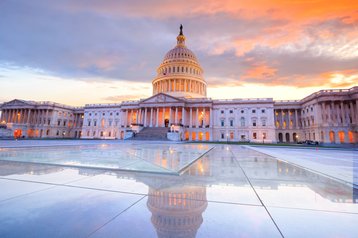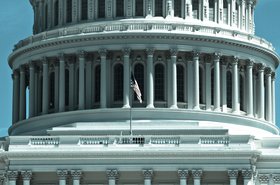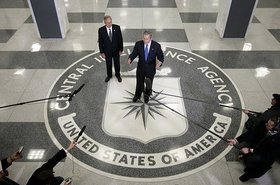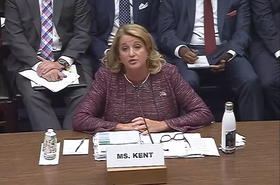The Government Accountability Office found that US government agencies saved billions with the Data Center Optimization Initiative (DCOI), but that more work still had to be done.
The 26 agencies taking part in the DCOI massively reduced their data center footprint, but changing definitions of what the government views as a data center mean that thousands of server rooms are not included in the tally.
For more breaking data center news, features, and opinions, be sure to subscribe to DCD's newsletter
A data center in every pot
Almost all of the agencies are on track to meet their closure and cost savings goals for fiscal years 2019 and 2020, the GAO found.
As of August 2020, the agencies reported that they expected to achieve 230 data center closures, resulting in $1.1 billion in savings, over the 2-year period. From fiscal years 2012 through 2020, they expect to save $6.24 billion.
But the speed at which the US government is closing its data centers is muddied by how it counts facilities.
In 2010, the government only tallied facilities with 500 square feet (46 sq m) of IT space, which came to 2,094 data centers.
Over the following years, that definition was expanded to include almost anything with a server that provides services (whether in a production, test, staging, development, or any other environment). A room containing only print servers, routing equipment, switches, security devices (such as firewalls), or other telecommunication components, was not a data center.
By May 2018, the government said it had 12,062 data centers. Due to poor accounting practices, it is not clear how many data centers the US government actually added over the past decade, and how many were just redefined into existence.
Then, things changed again. In June 2019, the Office of Management and Budget narrowed the definition to exclude some 4,500 'data centers' from the agencies' inventories.
"GAO reported that each such facility provided a potential access point, and that unsecured access points could aid cyber attacks," the agency said in a new report.
"Accordingly, GAO recommended that OMB require agencies to report those facilities previously reported as data centers so that visibility of the risks of these facilities was retained. However, OMB has not taken action to address the recommendation."
The OMB told agencies to stop counting a space not designed to be a data center, but that has excluded some large facilities, the GAO said. That includes five Social Security Administration sites over 8,000 square feet (743 sq m) in size, and two Department of State sites over 10,000 sq ft (929 sq m).
Additionally, in 2019 the OMB revised the server utilization metric to direct agencies to develop their own definitions of underutilization, and then count their underutilized servers.
"As a result, agencies adopted widely varying definitions and were no longer required to report actual utilization, a key measure of server efficiency," the report said. The recently-passed Consolidated Appropriations Act, 2021, has called for the government to build a new data center efficiency metric.
In total, the GAO said that it had made some 125 recommendations to agencies about how to handle data center consolidation, but that agencies have not implemented 53. The OMB did not comment on the report or the recommendations.
For years, the worst-performing agency under the DCOI has been the Department of Defense - the only one to not meet its fiscal 2019 closure goal.
The DoD said that it had to delay the closure of six data centers due to litigation delays related to the Joint Enterprise Defense Infrastructure cloud initiative. AWS is currently protesting Microsoft's $10bn JEDI win, claiming interference from then-President Donald Trump.
But in January 2021, the DoD said that it had exceeded its DCOI goal of 233 closures by closing 245 data centers.
NASA also struggled, and was the only agency not to meet its 2019 cost savings goals (although four agencies gave themselves a goal of $0). According to NASA officials, "this was due to the agency’s increased migration to cloud computing having an adverse effect on its virtualization objectives for its agency-owned data centers," the GAO said.
"Almost all of the 24 DCOI agencies met their goals for data center closures in fiscal year 2019 and also planned to meet their closure goals for 2020."






